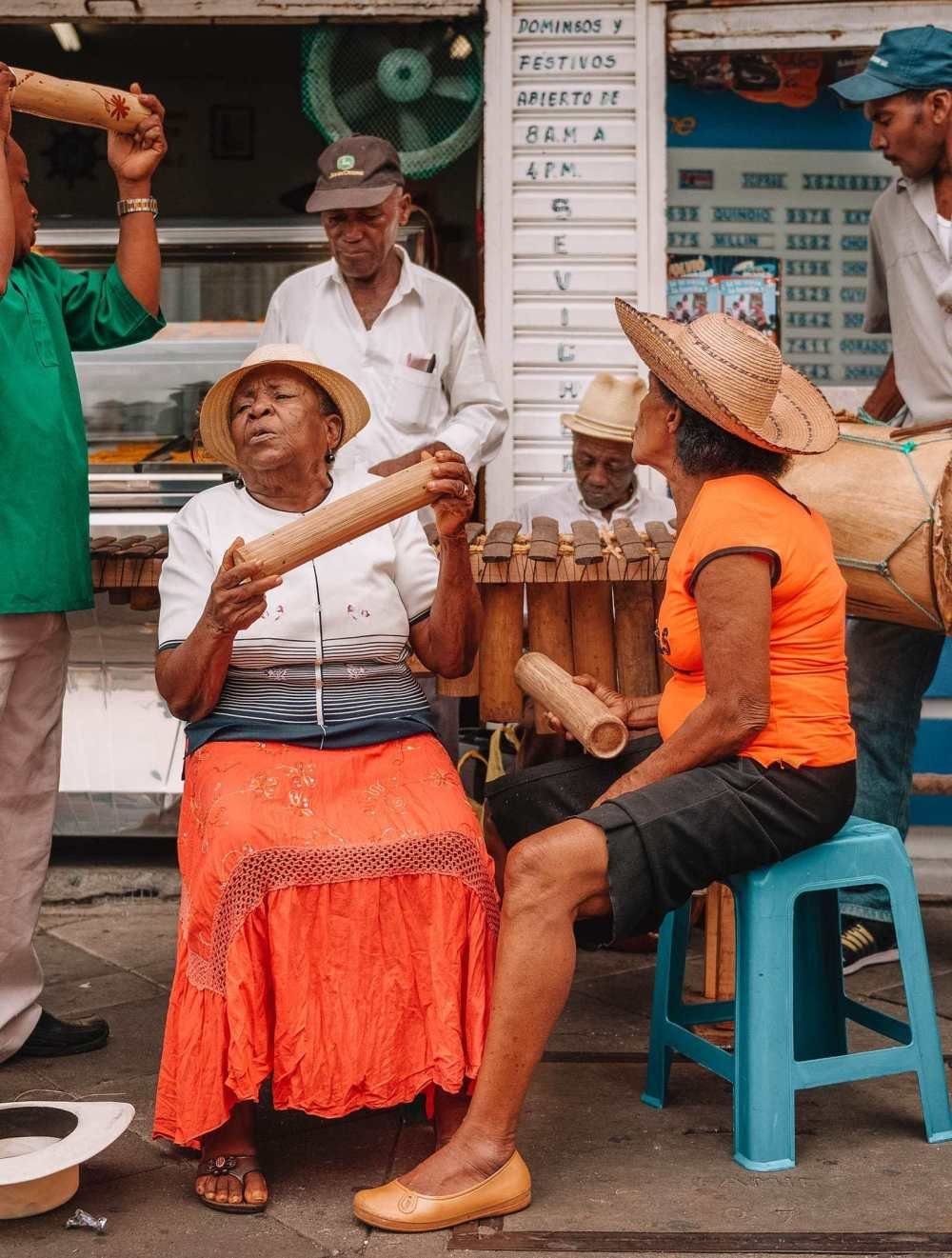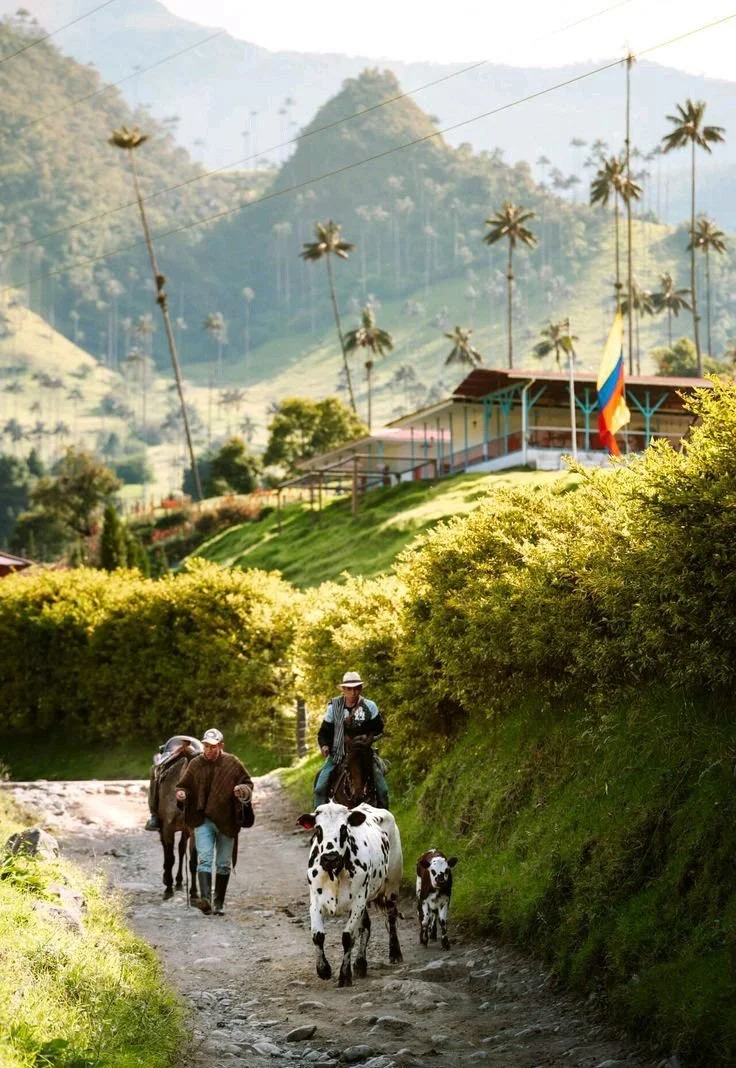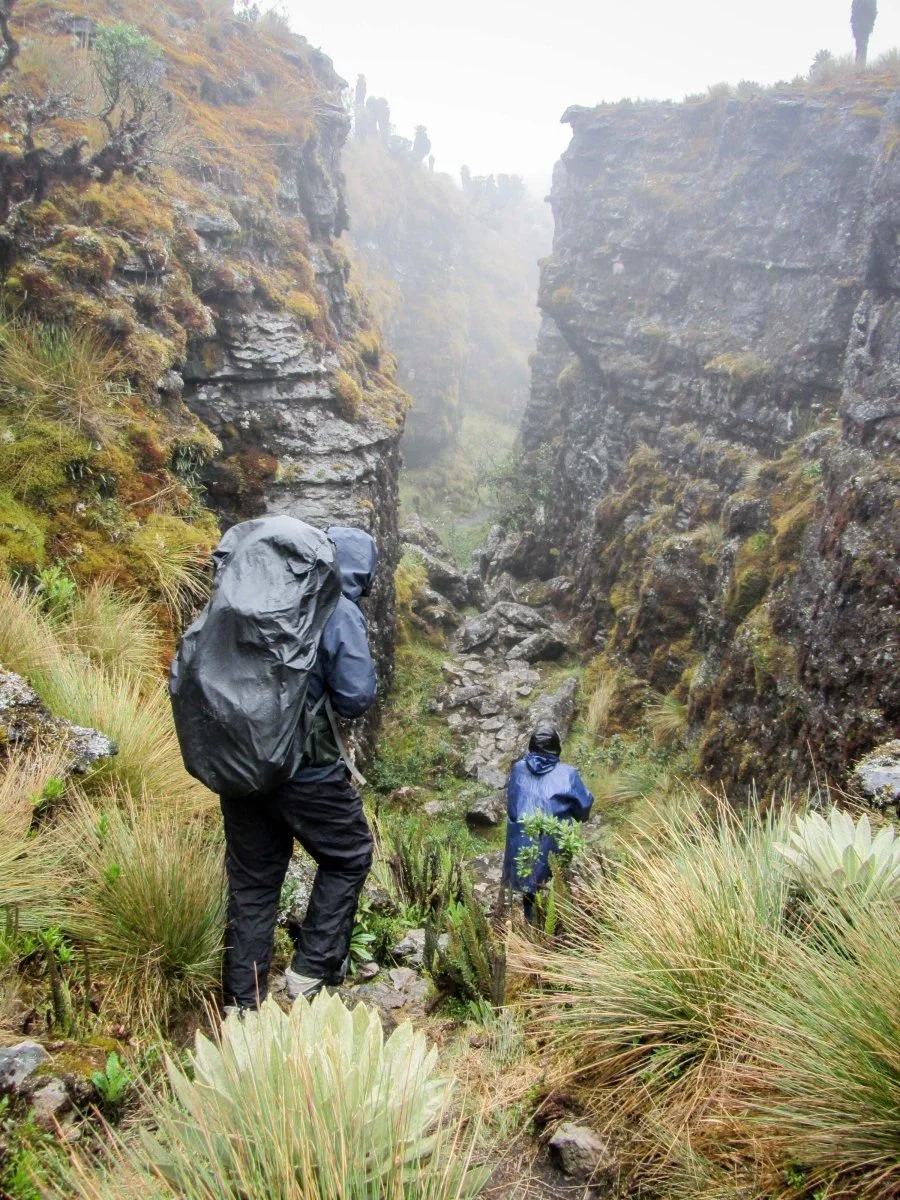The End of Sustainable Tourism: Why Regeneration Is the Future of Travel?
Sustainability asked us to do less harm. Regeneration asks us to heal — to travel in a way that leaves places, people, and ourselves richer than before.
Sustainability was never meant to save the world. It was designed to slow its destruction.
The Age of “Less Harm” Is Over
For years, sustainable tourism has been the moral compass of the travel industry. It taught us to reduce waste, offset emissions, and respect local cultures. Yet, even with these efforts, tourism continues to contribute nearly 8% of global carbon emissions and erodes the very ecosystems it claims to protect (UNWTO, 2023).
The truth is uncomfortable: sustainability was never meant to save the world. It was designed to slow its destruction.
Today, as we face climate tipping points and cultural homogenization, the question has shifted. What if travel could leave places better than it found them?
This is the promise of regenerative tourism — a movement redefining how we move through the world.
From Extraction to Reciprocity
Traditional tourism operates on extraction. Destinations become products, cultures become performances, and nature becomes scenery. Even well-meaning travelers often take more than they give — experiences, stories, photographs — without realizing the subtle imbalance left behind.
Regeneration flips this model. It asks: What can my presence restore?
In Costa Rica, regenerative lodges are reforesting degraded land through guest-funded carbon sequestration programs. In Colombia’s Sierra Nevada, ancestral communities are reviving traditional agriculture and guiding travelers through rituals of reconnection. In New Zealand, tourism operators partner with indigenous Māori to regenerate both ecosystems and cultural identity.
These examples reveal a powerful shift: travel is evolving from consumption to contribution.
The Science of Renewal
Regenerative tourism isn’t just philosophy — it’s measurable. According to the Global Destination Sustainability Movement (GDSM), destinations that adopt regenerative principles show increased biodiversity, reduced inequality, and higher visitor satisfaction.
Research from the University of Surrey (2022) found that travelers are 68% more likely to choose experiences that demonstrate a positive local impact. The emotional reward of contribution — called “moral elevation” in psychology — drives loyalty and advocacy far more effectively than luxury alone.
Regeneration, then, isn’t an alternative to luxury. It redefines it.
The New Luxury: Healing, Not Having
Luxury once meant exclusivity. Infinite choice. Escape.
But the modern traveler — especially the conscious generation emerging post-pandemic — is searching for something deeper: meaning, time, and belonging. A night under the stars guided by local wisdom may feel more luxurious than any five-star resort.
True luxury, in this new paradigm, is the privilege of participating in restoration — of witnessing life come back to places and people once depleted.
Brands like Nuna Sinsi embody this shift: crafting experiences where connection, not consumption, becomes the ultimate indulgence.
Regeneration as an Inner Journey
Regenerative travel also invites an inner transformation. When travelers plant trees, share stories with local elders, or witness coral reefs returning to life, something changes internally. The illusion of separation — between traveler and place, human and nature — dissolves.
This is where the movement transcends sustainability.
Because regeneration is not a checklist. It’s a relationship.
To regenerate the planet, we must regenerate ourselves — our attention, empathy, and sense of belonging to the living world.
Perhaps the question isn’t how we can travel more sustainably, but how we can travel more soulfully.
Because the future of travel isn’t about where we go next — it’s about what we bring back to the world.
References:
UNWTO (2023). Tourism and Climate Action. https://www.unwto.org
Global Destination Sustainability Movement (2022). The Regenerative Destination Framework. https://www.gds.earth
University of Surrey (2022). Traveler Behavior and Regenerative Impact Preferences Study.
World Economic Forum (2023). The Future of Sustainable Travel and Tourism. https://www.weforum.org
Costa Rica Tourism Institute (2023). Regenerative Tourism Programs and Biodiversity Impact Report.







